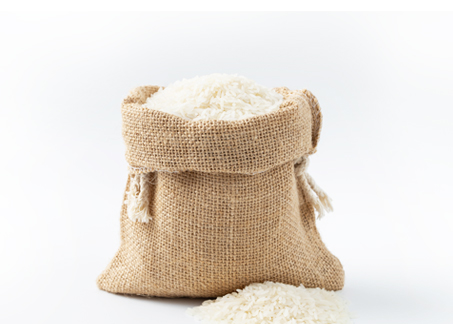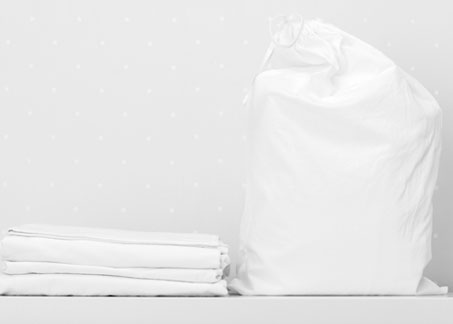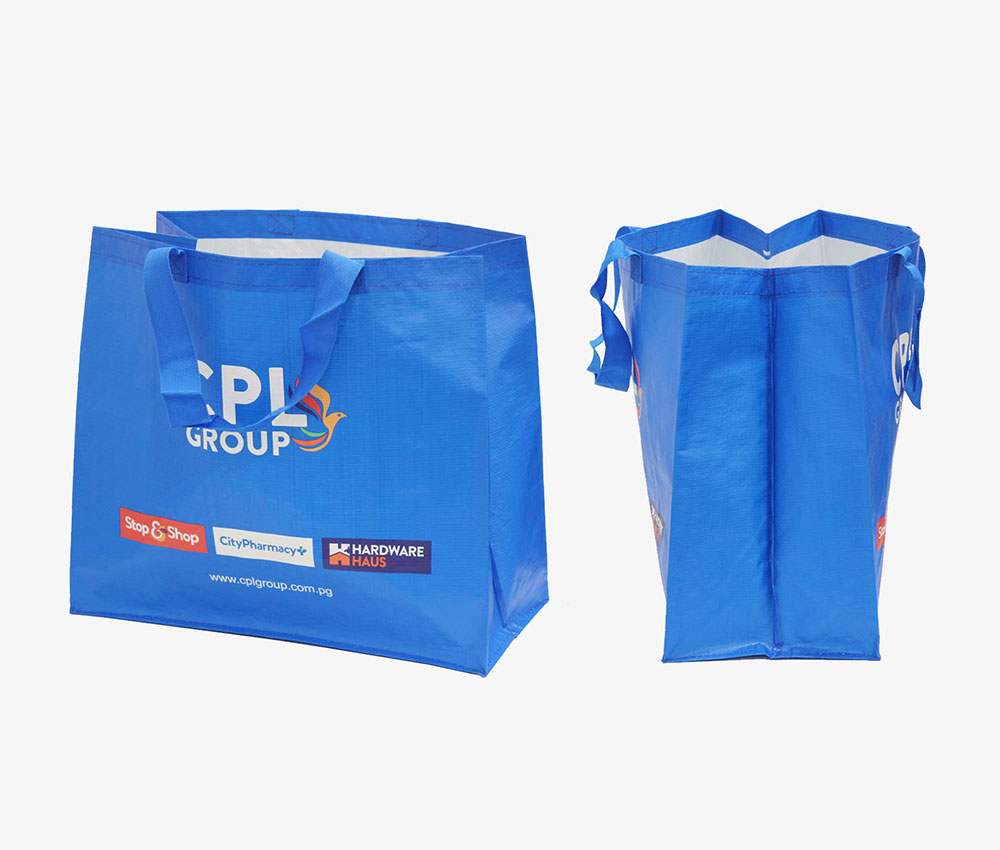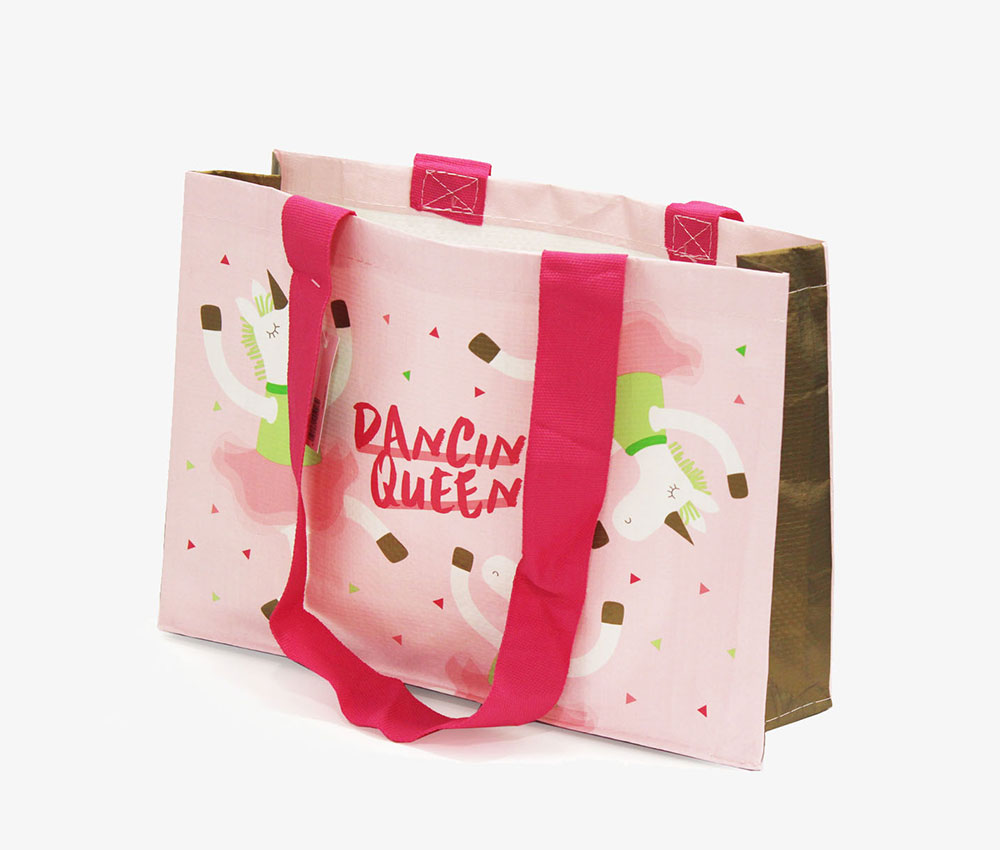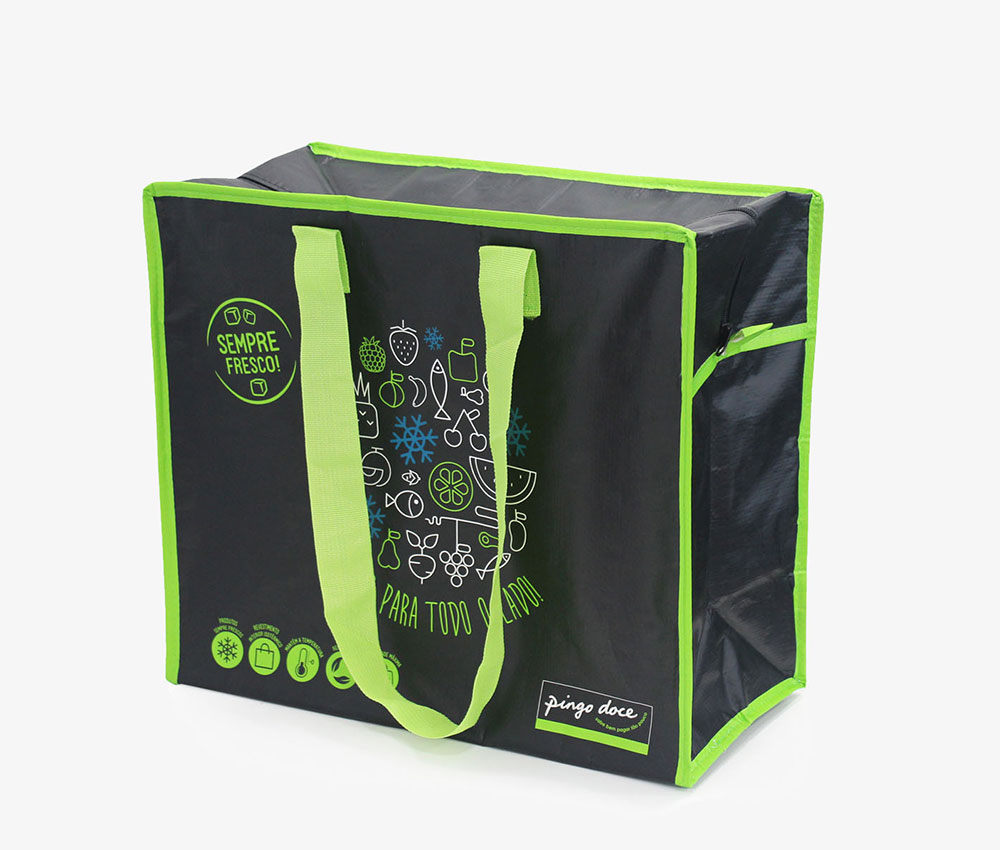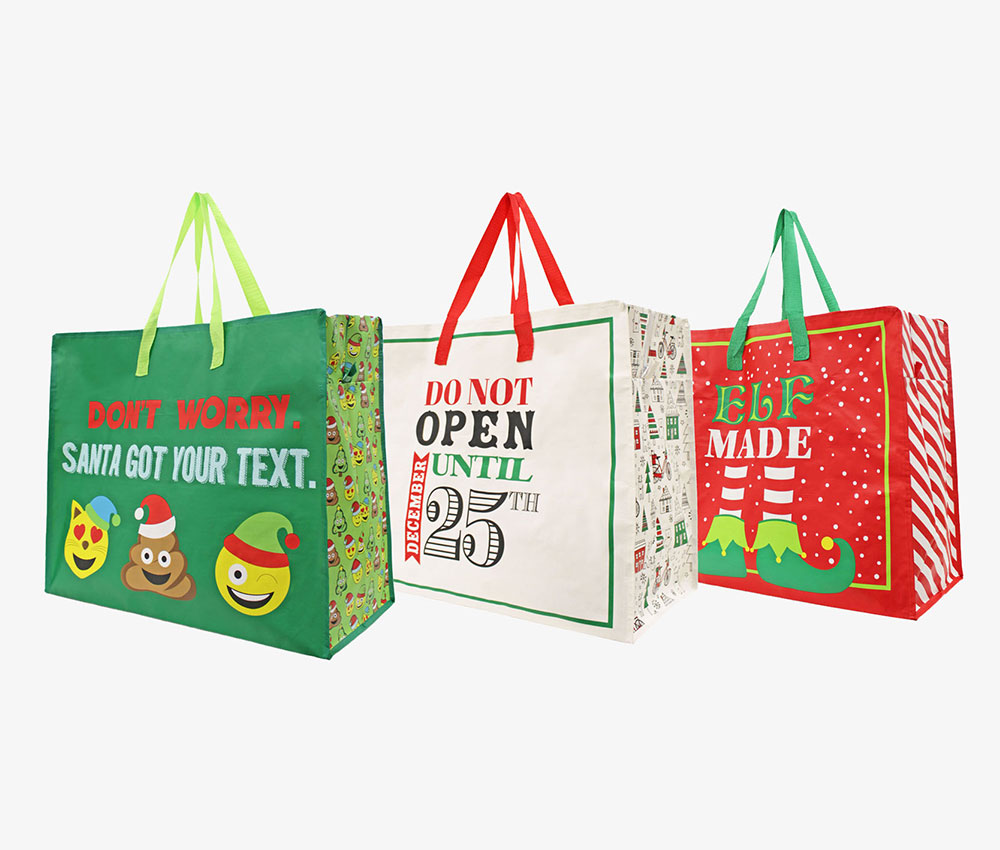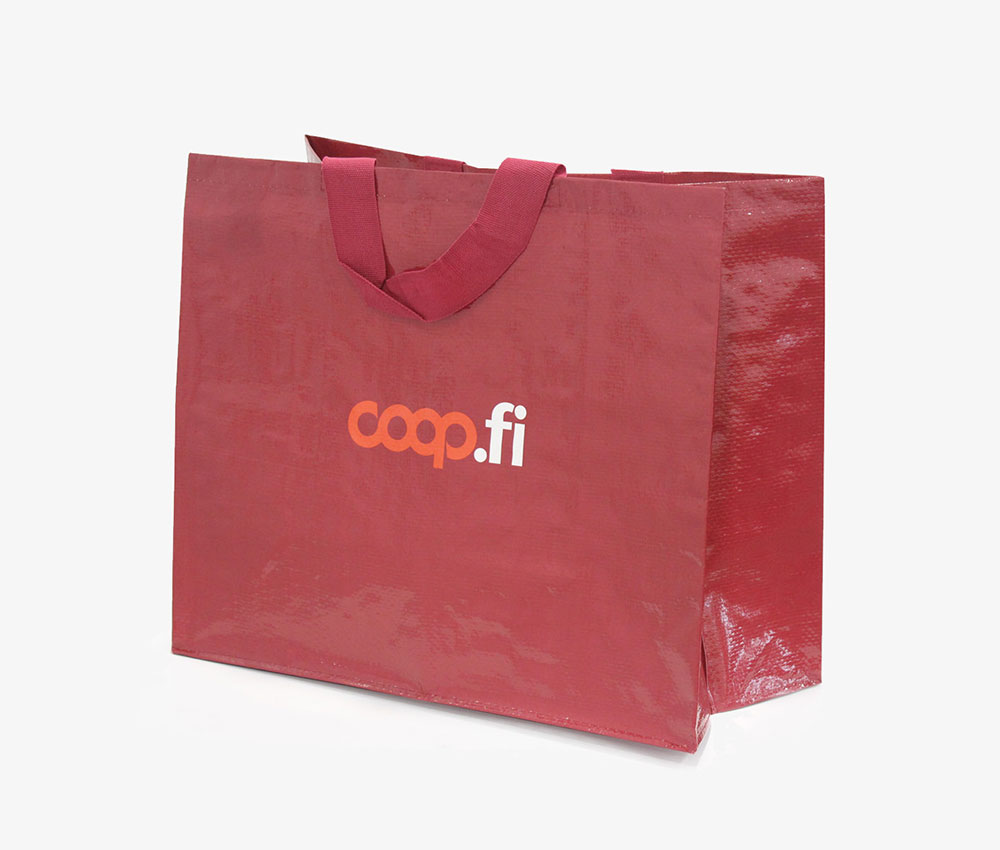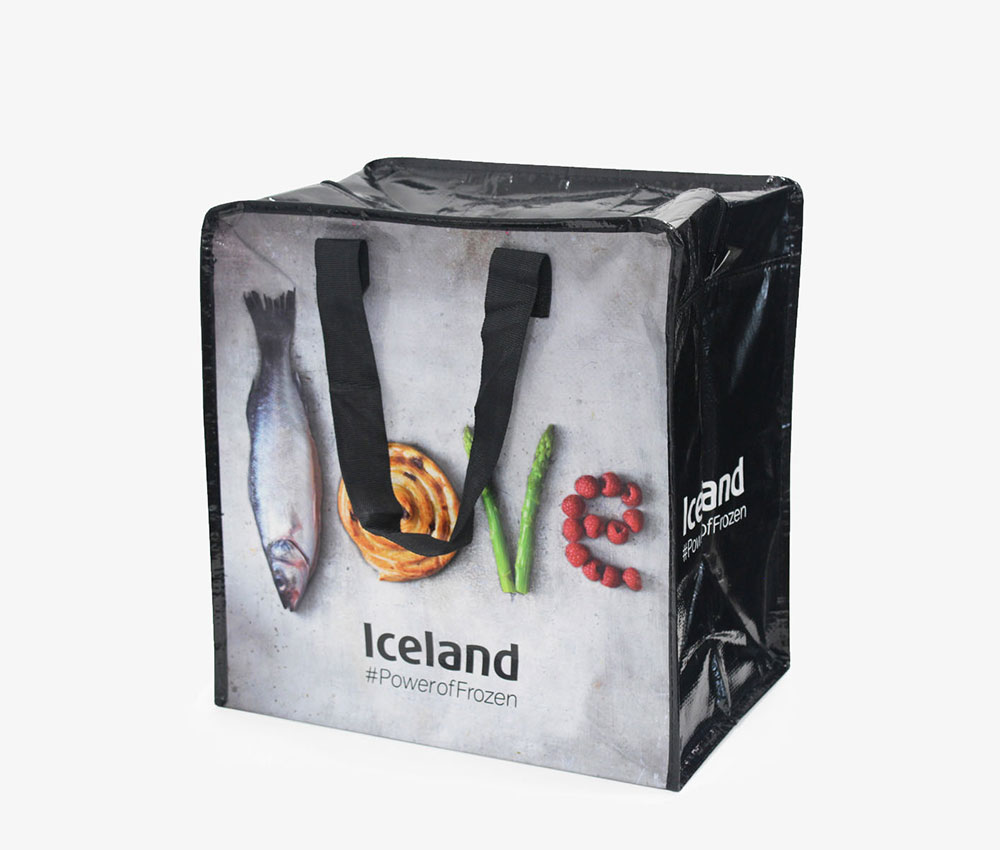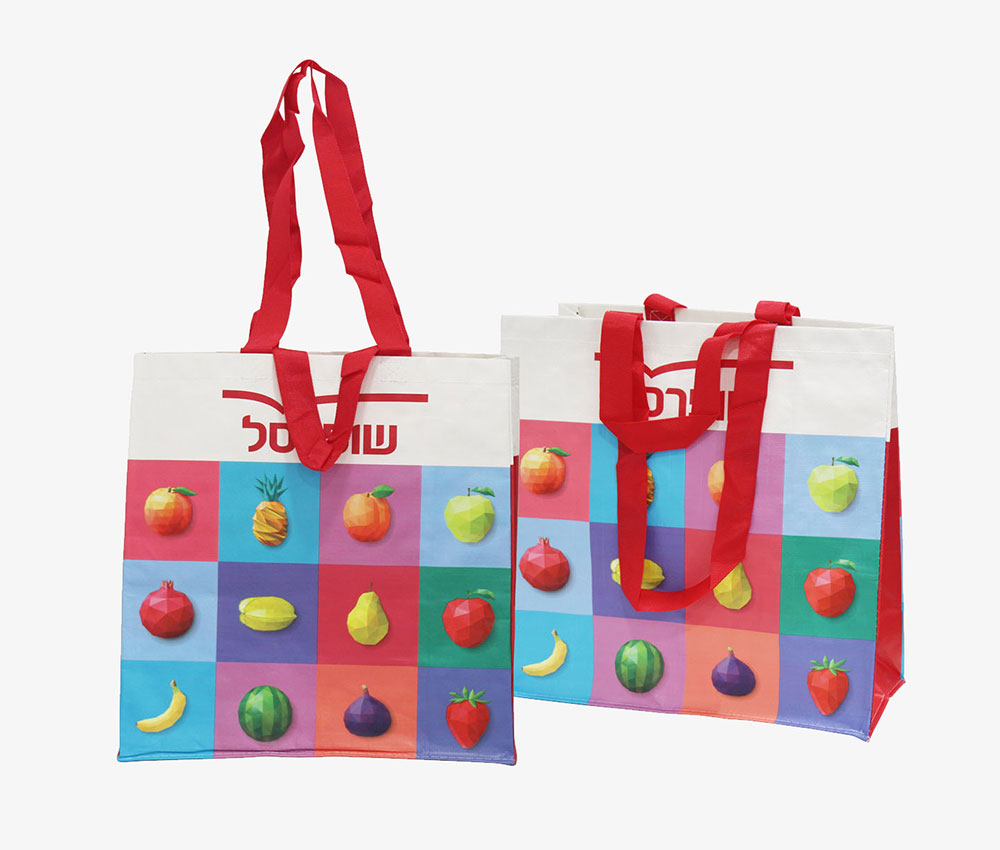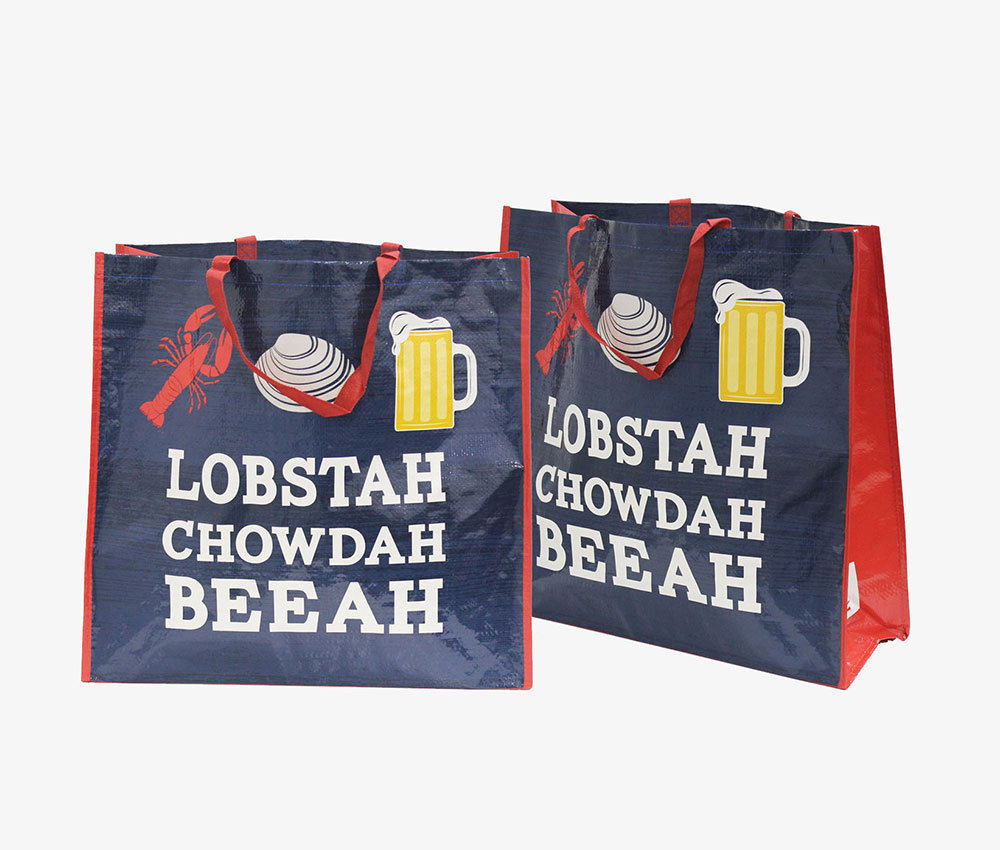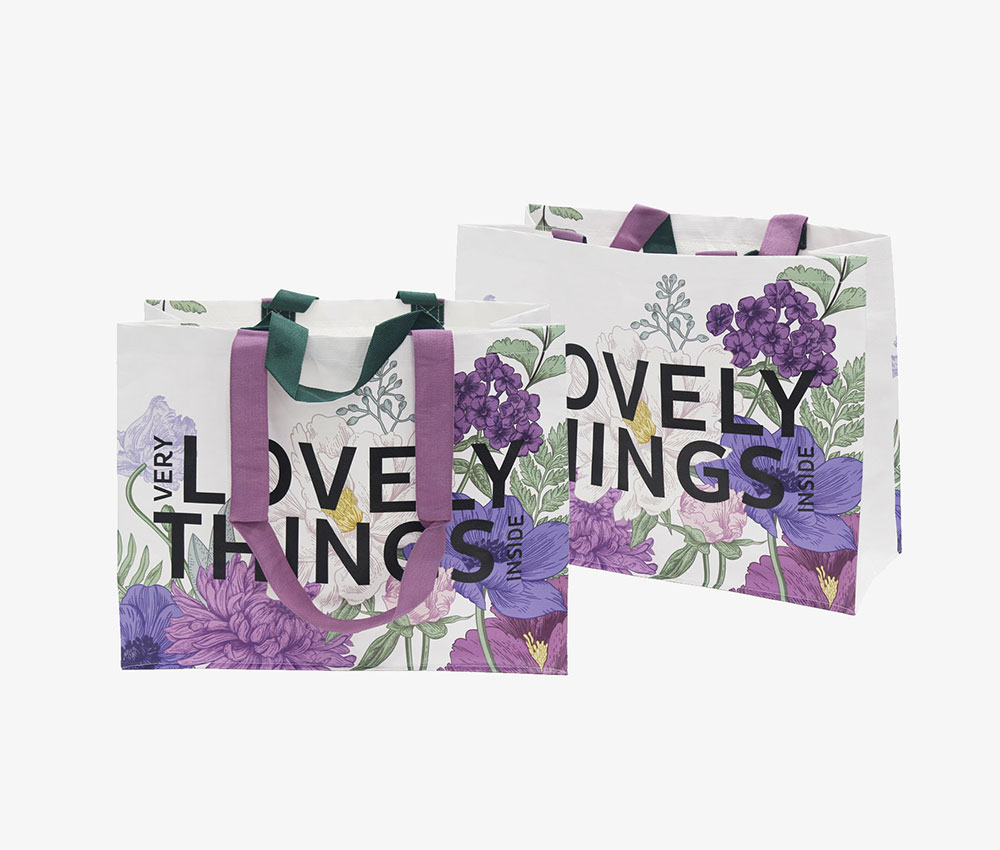Woven
polypropylene
All plastics are not created equal and woven polypropylene (PP) is proof of that.
Although part of the thermoplastic family, PP has many eco-friendly properties that set it apart from other plastics. It uses very little energy in its production process, it degrades at a much faster rate and it can be recycled and reused to make new products allowing it to contribute to the circular economy.
When this plastic is turned into thread and woven together, it creates a fabric known as woven PP. This fabric has a distinctive texture and unmatched tensile strength that make it the perfect material for creating a variety of hard-wearing products.

Types
of pp woven
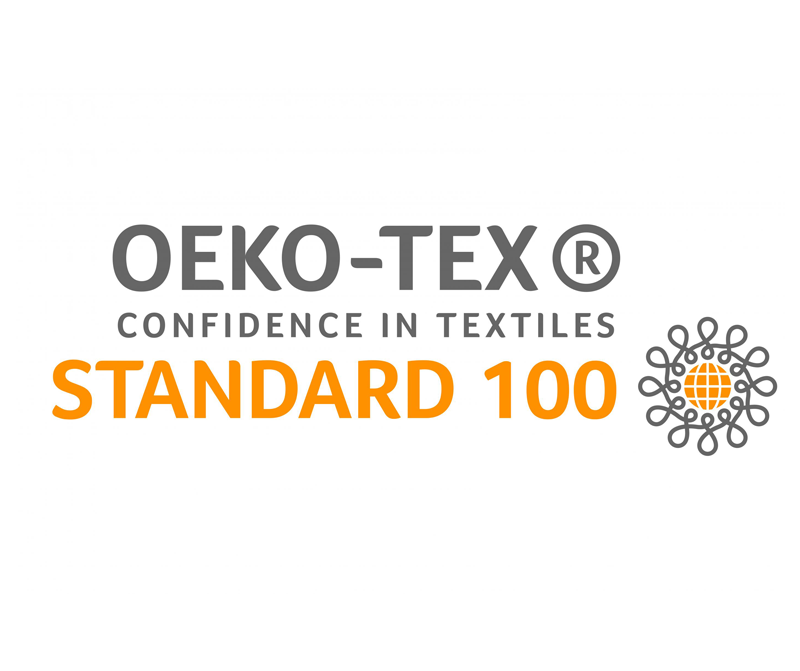
It is normally white or solid in colour and consists of thin PP strips that have been woven in two directions to create a light but strong material.

The recycled PP comes from two sources – pre-consumer and post-consumer waste. Pre-consumer recycled woven PP puts the unwanted scraps from the production process to better use by being melted down and remade into this new material. Post-consumer waste comes from woven PP products that have reached the end of their useful life and been recycled by the user in order to be reused as part of the circular economy.

Need more information about our eco certifications?
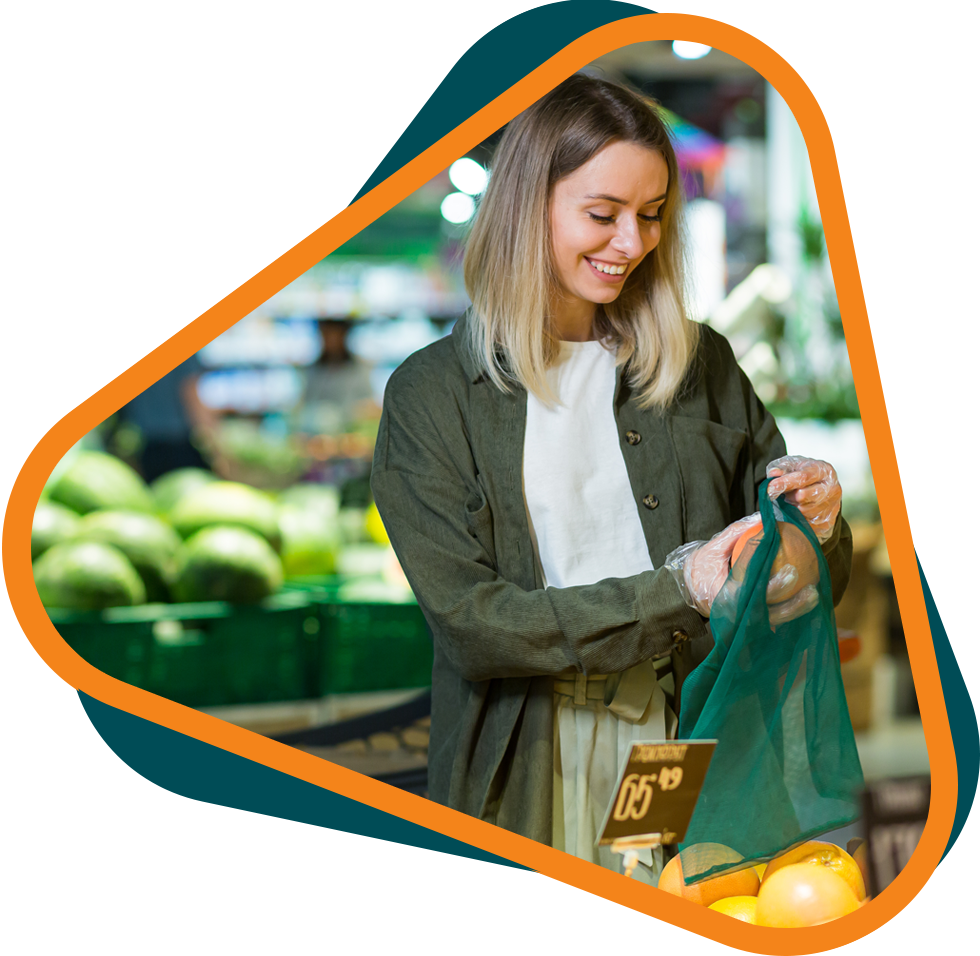
From plastic,
to fabric
In order to make this thermoplastic polymer resin, propylene (a colourless gas) is extracted from crude oil using a chemical reaction and then polymerized to form a synthetic substance with very large molecules known as a polymer. These molecules are then heated, extruded in a flat sheet and cooled so it can be split into thin strips that resemble threads.
Before being woven together to create the finished fabric, the threads are heated, stretched and cooled multiple times to achieve the required strength.
This woven PP can then be used to make a wide range of products such as commercial packaging sacks and reusable shopping bags.
Why we use pp woven
It releases very little carbon emissions during its production
It is one of the most cost-effective sustainable materials
It is eco-friendly thanks to being non-toxic, recyclable and reusable
It’s one of the strongest materials in the textile industry
Our
pp woven products
Are you unable to find the product you’re looking for?
Learn
a little more
Just like any other plastic, it should be kept away from heat which means no ironing.
The weight per unit area of woven fabric is expressed by gram weight per square meter (gsm), which is an important technical index of woven fabric. Gram weight per square meter mainly depends on the density of warp and weft and the thickness of flat yarn so the higher the gsm the denser the fabric.
All weights include lamination which typically adds approximately 20gsm to woven PP fabric.
90gsm
Typically tends to be muslin fabric which is very light weight and hence has also got very little strength.
110gsm
Light weight cotton which is typically used as lining or for cheaper price focussed products.
150gsm
The most popular weight of cotton used as it provides the flexibility as well as as the strength needed to make many products. This weight of cotton is widely produced making it the most cost-effective option.
180gsm
This is heavier cotton where the product needs to look more premium than a regular one.
Woven PP can be dyed to hundreds of colours although Pantone matching is not available.
The final step in the production of woven PP fabric is applying any finishes that will enhance the material by adding special characteristics or changing the look or feel of the material.
There are various finishes that we often add to woven PP depending on the product that it is being used to make. Here are a couple of the most common:
Laminated
Available in gloss or matt and can be applied to canvas to make it even stronger, sturdier and more durable. This is a great finish when creating a bag or product that is required to hold its shape. The three types of lamination we use are PP, which uses less plastic, LDPE, which is more recyclable, and HDPE.
Fused
When another material is stuck to the canvas using a glue such as an inner lining for a bag or jacket.
Stiffened
The fibres are treated with starch to help stiffen the fabric allowing it to hold its shape.
Waxed
A wax coating is applied to the surface of the fabric to make products that are more suited for outdoors such as bags and jackets.
• Litho Printing
• Lamination
Plain Weave
Twill
Twill is most notably characterized and regarded by its diagonal weave. This pattern is created by weaving the weft thread over one and under two (or even more) warp threads to give an appearance of diagonal lines. It creates a very lightweight fabric and makes for a great printing surface.
Needle Point Canvas
An open-weave fabric with small holes in between the yarns. It is mainly used in needlepoint embroidery.
We can provide woven PP with various certifications. Learn more about each of them here
- Oeko-Tex
Did you know?
The average PP woven shopping bag can last up to five years making it one of the longest lasting
The most famous woven PP bag in the world – the blue IKEA bag – had a designer replica priced at over £1,700
PP woven bags can carry up to 22kg while industrial sacks can hold over 100 times their own weight
